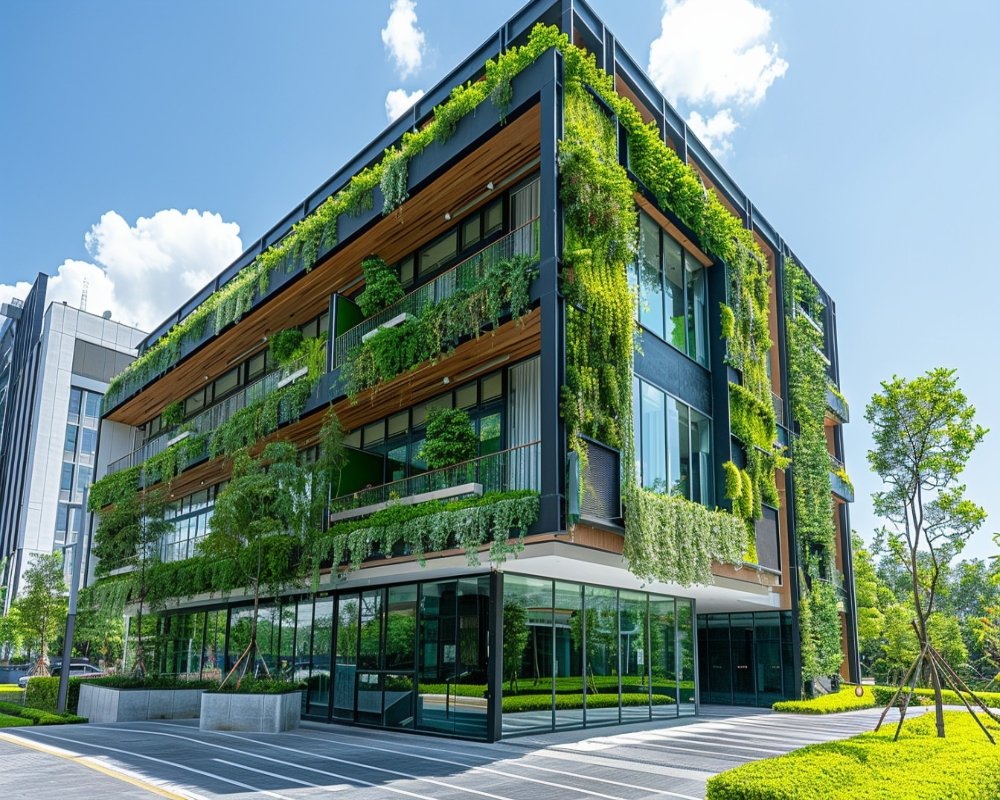New green infrastructure requirements are fundamentally reshaping industrial development plans, as sustainability becomes a mandated component of land use and project approvals. Developers are now required to incorporate eco-friendly elements such as renewable energy systems, rainwater harvesting, sustainable drainage, green belts, and waste recycling facilities into their master planning. Authorities are emphasizing that industrial parks and logistics hubs must minimize environmental footprints while ensuring resource efficiency and climate resilience. These new norms are driving a shift from conventional industrial park designs toward integrated, eco-conscious infrastructure solutions. Experts believe that green infrastructure is no longer just a value addition but a critical requirement for regulatory compliance and long-term asset viability. Sustainable planning is now embedded at the blueprint stage of industrial land development.
The focus on green infrastructure is attracting greater interest from investors aligned with ESG (Environmental, Social, and Governance) standards, as well as boosting tenant demand from multinationals with strong sustainability mandates. Financial institutions are also favoring green-certified industrial projects by offering better loan terms and lower risk ratings. Developers are responding by integrating solar power grids, electric vehicle charging stations, bio-waste management systems, and water conservation technologies as standard offerings in industrial zones. In many states, land use approvals, guidance value incentives, and infrastructure grants are being tied to the extent of green infrastructure incorporated. Analysts predict that industrial projects without credible sustainability measures will face higher regulatory hurdles, slower approvals, and reduced market attractiveness. Green infrastructure is now viewed as a key differentiator in a competitive industrial real estate market.
Looking ahead, policymakers are planning to roll out green infrastructure rating systems for industrial parks, where projects will be ranked based on energy efficiency, water management, biodiversity integration, and carbon footprint reductions. Industrial developers are advised to prioritize modular, scalable green solutions that can evolve with changing environmental regulations and tenant expectations. Authorities are also encouraging partnerships between industrial developers and green technology providers to accelerate sustainable infrastructure deployment. Experts predict that regions promoting green industrial ecosystems will attract higher-quality investments, stronger export competitiveness, and long-term operational resilience. The era of sustainability-driven industrial development has firmly arrived, with green infrastructure now central to shaping India’s next-generation industrial corridors. Building green is no longer optional — it is essential for future industrial success.


